Home>Furniture & Design>Interior Design Trends>How To Mix Clean And Dirty Colors In Home Decor
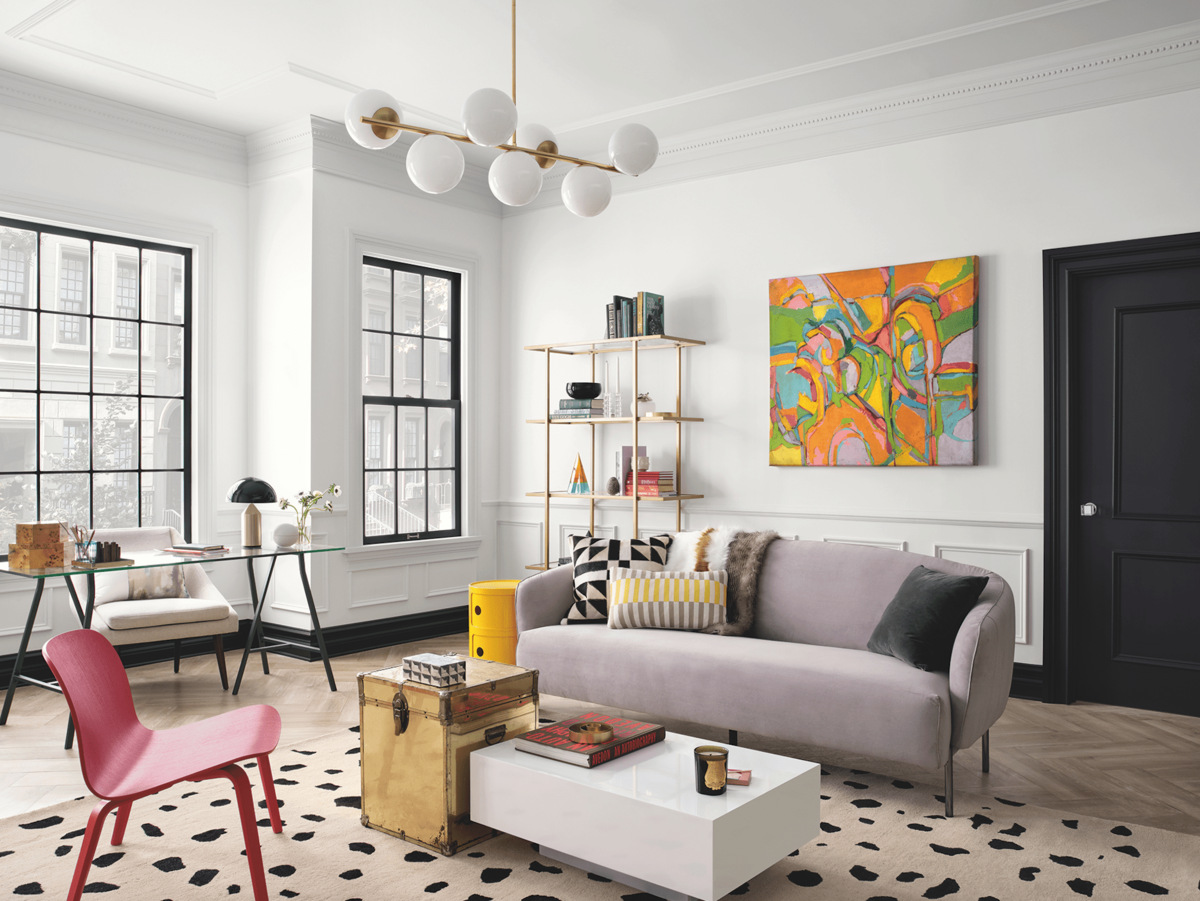

Interior Design Trends
How To Mix Clean And Dirty Colors In Home Decor
Published: December 22, 2023
Learn how to incorporate the latest interior design trends by mixing clean and dirty colors in your home decor. Create a stylish and modern living space with this expert guide.
(Many of the links in this article redirect to a specific reviewed product. Your purchase of these products through affiliate links helps to generate commission for Storables.com, at no extra cost. Learn more)
Introduction
Read more: How To Mix Purple And Orange In Home Decor
Understanding the Dynamic Interplay of Clean and Dirty Colors in Home Decor
When it comes to home decor, the fusion of clean and dirty colors can significantly impact the ambiance and visual appeal of a space. Understanding the nuances of these color palettes and how to artfully blend them can elevate the aesthetic of any room. Clean colors, often associated with a sense of purity and sophistication, encompass a spectrum of crisp and bright hues. On the other hand, dirty colors, with their muted and subdued tones, exude warmth and a sense of history. By comprehending the balance and interplay between these two categories, you can unlock the potential to create captivating and harmonious living spaces.
The art of combining clean and dirty colors is a delicate dance that requires a keen eye for design and an understanding of color theory. This article will delve into the intricacies of clean and dirty colors, explore how they can be effectively utilized in home decor, and provide valuable tips for seamlessly integrating them into your design schemes. Whether you are looking to infuse a room with tranquility and elegance or evoke a cozy and inviting atmosphere, mastering the fusion of clean and dirty colors is a powerful tool in your design arsenal.
Join us on a journey through the world of color as we unravel the magic of blending clean and dirty hues to transform your living spaces into captivating havens of style and comfort.
Understanding Clean and Dirty Colors
Key Takeaways:
- Embrace the fusion of clean and dirty colors to create captivating and harmonious living spaces that balance modern sophistication with timeless allure in home decor.
- Master the art of blending clean and dirty colors to infuse depth, character, and visual intrigue into interior design, elevating the ambiance of any room with creativity and confidence.
Exploring the Intriguing Dichotomy of Clean and Dirty Color Palettes
To comprehend the impact of clean and dirty colors on home decor, it is essential to grasp the defining characteristics of each category. Clean colors, also known as pure or clear colors, encompass a broad spectrum of shades that are vivid, bright, and free from any hint of black, gray, or brown undertones. These colors exude a sense of crispness and purity, infusing spaces with a refreshing and modern aesthetic. Examples of clean colors include pristine whites, vibrant primary hues, and jewel-toned shades that command attention and lend a contemporary flair to interiors.
On the other hand, dirty colors, often referred to as muted or earthy tones, possess a subdued and softened quality due to the presence of varying degrees of black, gray, or brown pigments. These hues evoke a sense of warmth, timelessness, and depth, creating a cozy and inviting atmosphere within a space. Dirty colors can range from soft, dusty pastels to rich, antiqued shades, offering a versatile palette that adds character and a touch of nostalgia to interior design schemes.
The interplay between clean and dirty colors introduces a captivating dichotomy that can elevate the visual impact of home decor. Clean colors inject a sense of energy, freshness, and contemporary elegance, while dirty colors contribute depth, warmth, and a hint of vintage charm. Understanding the unique attributes of these color palettes is the first step towards harnessing their transformative potential in interior design.
By embracing the duality of clean and dirty colors, you can unlock a world of creative possibilities, allowing you to curate spaces that strike a harmonious balance between modern sophistication and timeless allure.
Using Clean and Dirty Colors in Home Decor
Read more: How To Mix Florals In Home Decor
Infusing Spaces with Depth and Sophistication Through the Artful Integration of Clean and Dirty Colors
Integrating clean and dirty colors into home decor presents a myriad of opportunities to imbue living spaces with character, depth, and visual intrigue. Clean colors, with their vibrant and unadulterated appeal, serve as powerful tools for creating focal points, establishing a sense of modernity, and infusing rooms with a breath of fresh air. Whether employed as accent hues or as the dominant palette, clean colors have the ability to invigorate interiors and lend a contemporary edge to any setting.
Conversely, dirty colors offer a counterbalancing effect, bestowing spaces with a sense of warmth, history, and understated elegance. When strategically incorporated into home decor, these muted tones can soften the visual impact of clean colors, add a layer of complexity, and evoke a timeless charm that resonates with a classic aesthetic. From earthy neutrals to weathered patinas, dirty colors bring a sense of authenticity and comfort to interior design, creating a welcoming and harmonious atmosphere.
By juxtaposing clean and dirty colors, you can achieve a harmonious equilibrium that elevates the overall ambiance of a room. The dynamic interplay between these contrasting palettes allows for the creation of visually compelling spaces that exude both modern sophistication and timeless allure. Whether through the use of furniture, textiles, wall treatments, or accessories, the strategic application of clean and dirty colors can transform interiors into captivating reflections of personal style and refined taste.
Embracing the versatility and expressive potential of clean and dirty colors empowers you to curate living spaces that resonate with depth, sophistication, and a nuanced aesthetic sensibility. By understanding the unique attributes of these color palettes and harnessing their transformative power, you can craft interiors that seamlessly blend contemporary flair with timeless elegance, resulting in visually stunning and emotionally resonant environments.
Tips for Mixing Clean and Dirty Colors
Unlocking the Art of Harmoniously Blending Crisp and Muted Hues in Home Decor
Mastering the art of mixing clean and dirty colors is a transformative skill that can breathe life and depth into interior design schemes. Whether you seek to create a modern, eclectic space with a touch of vintage charm or a cozy, inviting ambiance with a hint of contemporary flair, the seamless integration of these contrasting color palettes can elevate the visual impact of any room. Here are some valuable tips for skillfully combining clean and dirty colors to achieve captivating and harmonious decor:
- Establish a Dominant Palette: Begin by selecting either clean or dirty colors as the dominant palette for the room. This foundational choice will set the tone for the overall ambiance and guide the subsequent integration of complementary hues.
- Layer with Neutrals: Introduce neutral tones, such as soft grays, warm beiges, or creamy whites, to create a cohesive backdrop that bridges the clean and dirty color palettes. Neutrals serve as versatile connectors, fostering a seamless transition between contrasting hues.
- Embrace Contrast: Leverage the power of contrast by pairing vibrant clean colors with subdued dirty tones. The juxtaposition of bright and muted hues creates visual interest and adds depth to the decor, enhancing the overall aesthetic appeal.
- Utilize Textures and Patterns: Incorporate textures and patterns to enrich the visual impact of clean and dirty colors. Textiles, wallpapers, and decorative elements with varying tactile qualities can enhance the interplay between contrasting hues, contributing to a multi-dimensional and inviting environment.
- Balance Proportions: Pay attention to the distribution of clean and dirty colors within the space. Strive for a harmonious balance that prevents one palette from overpowering the other, ensuring a cohesive and well-integrated design composition.
- Consider Natural Elements: Introduce natural materials, such as wood, stone, or metal accents, to complement the fusion of clean and dirty colors. These elements add organic warmth and visual richness, harmonizing the overall aesthetic while accentuating the inherent beauty of each color palette.
- Experiment with Lighting: Explore the impact of lighting on clean and dirty colors. Natural and artificial lighting can influence the perception of hues, highlighting their unique qualities and contributing to the ambiance of the space.
By implementing these insightful tips, you can navigate the intricate process of mixing clean and dirty colors with confidence and creativity. Embrace the interplay of contrasting palettes, experiment with diverse combinations, and allow your design intuition to guide the harmonious fusion of clean and dirty hues, resulting in visually stunning and emotionally resonant interiors.
Examples of Clean and Dirty Color Combinations
Read more: How To Clean Dirty Brick
Exploring Inspiring Pairings to Elevate Your Home Decor
Embarking on a journey to integrate clean and dirty colors into your home decor opens the door to a wealth of captivating color combinations that can breathe life and character into your living spaces. Whether you are drawn to the contemporary allure of clean hues or the timeless charm of dirty tones, the artful fusion of these contrasting palettes can yield visually stunning and emotionally resonant interiors. Here are some inspiring examples of clean and dirty color combinations to spark your creativity and elevate your design endeavors:
- Crisp White and Weathered Gray: Pairing the purity of crisp white with the subdued elegance of weathered gray creates a sophisticated and versatile color scheme. The clean white tones infuse the space with a sense of freshness and modernity, while the weathered gray accents add depth and a touch of understated refinement.
- Bold Navy and Soft Taupe: The boldness of navy blue juxtaposed with the softness of taupe results in a harmonious blend of clean and dirty colors. This combination exudes a contemporary allure with a hint of warmth, striking a balance between modern sophistication and inviting comfort.
- Vibrant Teal and Aged Brass: Infuse your decor with a vibrant energy by combining the boldness of teal with the timeless allure of aged brass. The clean, vibrant teal hues inject a sense of vitality and modern flair, while the aged brass accents add a touch of vintage charm and warmth to the space.
- Crisp Black and Soft Blush: The striking contrast between crisp black and soft blush tones creates a captivating interplay of clean and dirty colors. The clean black elements lend a contemporary edge and visual drama, while the soft blush hues infuse the space with a delicate, romantic ambiance.
- Emerald Green and Weathered Wood: Embrace the lush elegance of emerald green alongside the organic warmth of weathered wood. This pairing balances the vibrancy of clean green tones with the comforting appeal of weathered wood, creating a captivating fusion of modern sophistication and natural charm.
These examples showcase the transformative potential of blending clean and dirty colors to curate captivating and harmonious home decor. Whether you are drawn to bold contrasts, subtle pairings, or vibrant combinations, the fusion of clean and dirty color palettes empowers you to craft interiors that resonate with depth, style, and timeless allure.
Conclusion
Unleashing the Power of Clean and Dirty Colors in Your Design Journey
As we conclude our exploration of clean and dirty colors in home decor, it is evident that these contrasting palettes hold the key to unlocking a world of creative possibilities and visual intrigue. The interplay between clean, vibrant hues and muted, earthy tones offers a dynamic canvas upon which to craft captivating and emotionally resonant living spaces. By understanding the unique attributes of clean and dirty colors and embracing their harmonious fusion, you have the opportunity to elevate the aesthetic appeal of your home while imbuing it with a sense of depth, sophistication, and timeless allure.
From the artful integration of clean and dirty colors to the skillful juxtaposition of contrasting palettes, the journey of mixing these hues is a transformative endeavor that invites you to infuse your living spaces with character, style, and a nuanced aesthetic sensibility. Whether you are drawn to the modern elegance of clean colors or the timeless charm of dirty tones, the seamless blending of these palettes empowers you to curate interiors that reflect your personal style, evoke emotional resonance, and captivate the senses.
As you embark on your design journey, remember to embrace contrast, experiment with diverse combinations, and allow your intuition to guide the harmonious fusion of clean and dirty hues. Whether you seek to create a contemporary oasis with a touch of vintage allure or a cozy retreat with a hint of modern sophistication, the integration of clean and dirty colors offers a boundless realm of creative expression and design possibilities.
May this exploration inspire you to embark on a transformative design odyssey, where the fusion of clean and dirty colors becomes a testament to your unique vision and a reflection of your discerning taste. Embrace the interplay of contrasting palettes, unleash your creativity, and watch as your living spaces are transformed into captivating havens that seamlessly blend modern flair with timeless elegance.
With the artful fusion of clean and dirty colors, your home becomes a canvas for self-expression, a sanctuary of style, and a reflection of the captivating dichotomy between modern sophistication and timeless allure.
Frequently Asked Questions about How To Mix Clean And Dirty Colors In Home Decor
Was this page helpful?
At Storables.com, we guarantee accurate and reliable information. Our content, validated by Expert Board Contributors, is crafted following stringent Editorial Policies. We're committed to providing you with well-researched, expert-backed insights for all your informational needs.
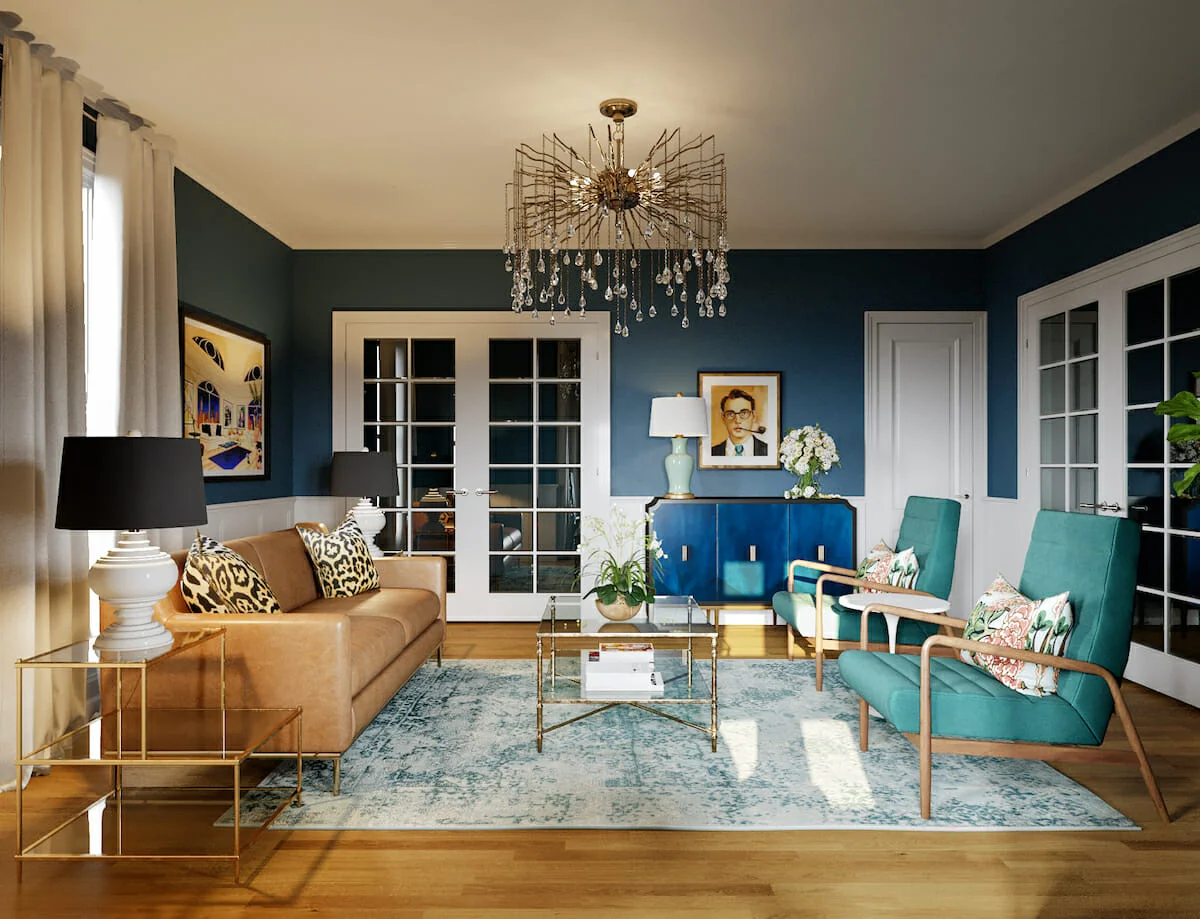
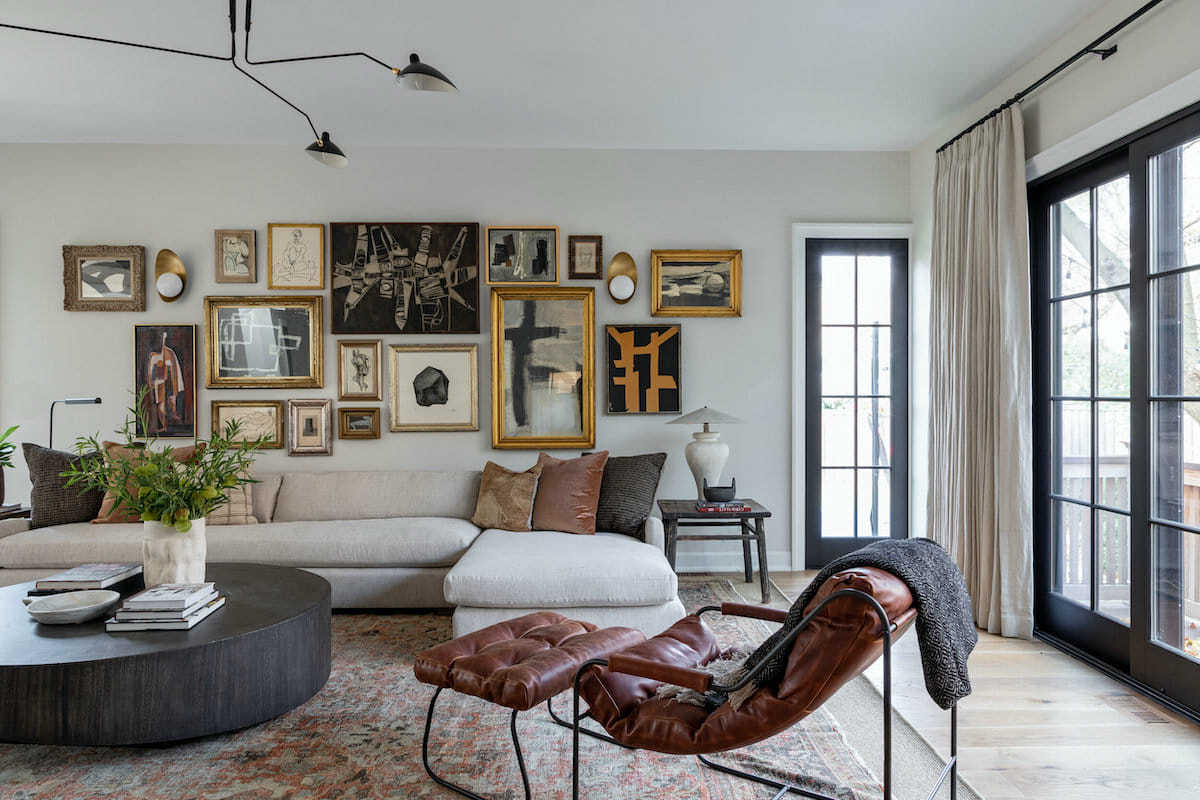
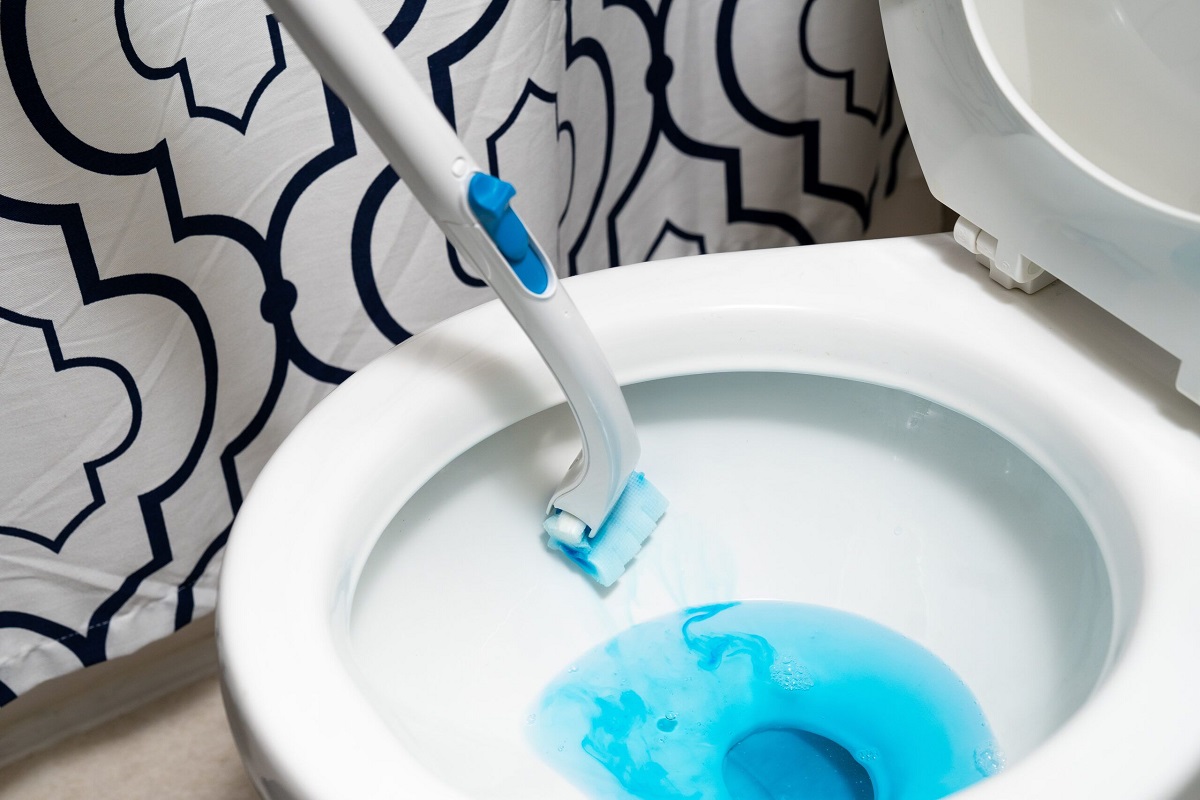
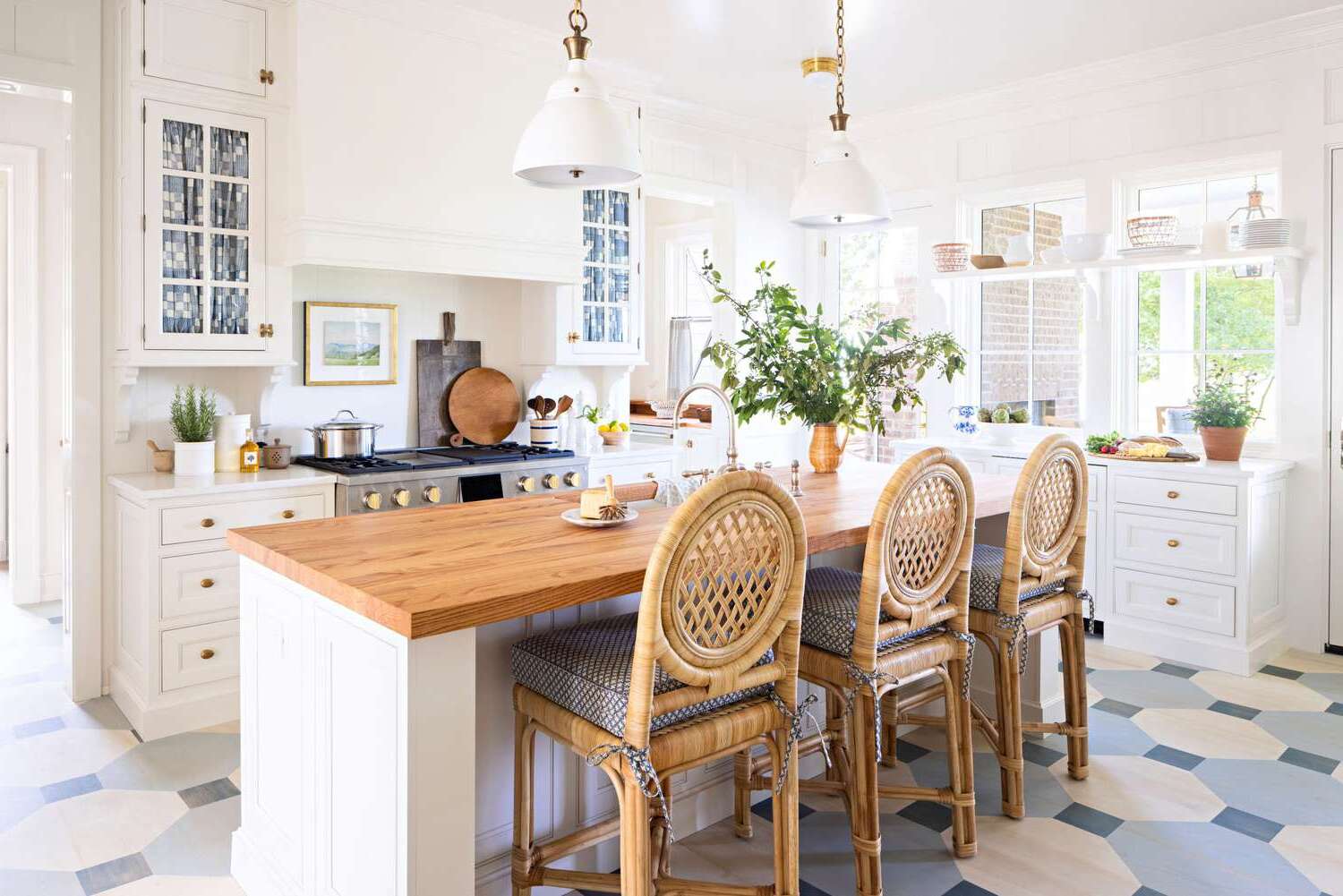
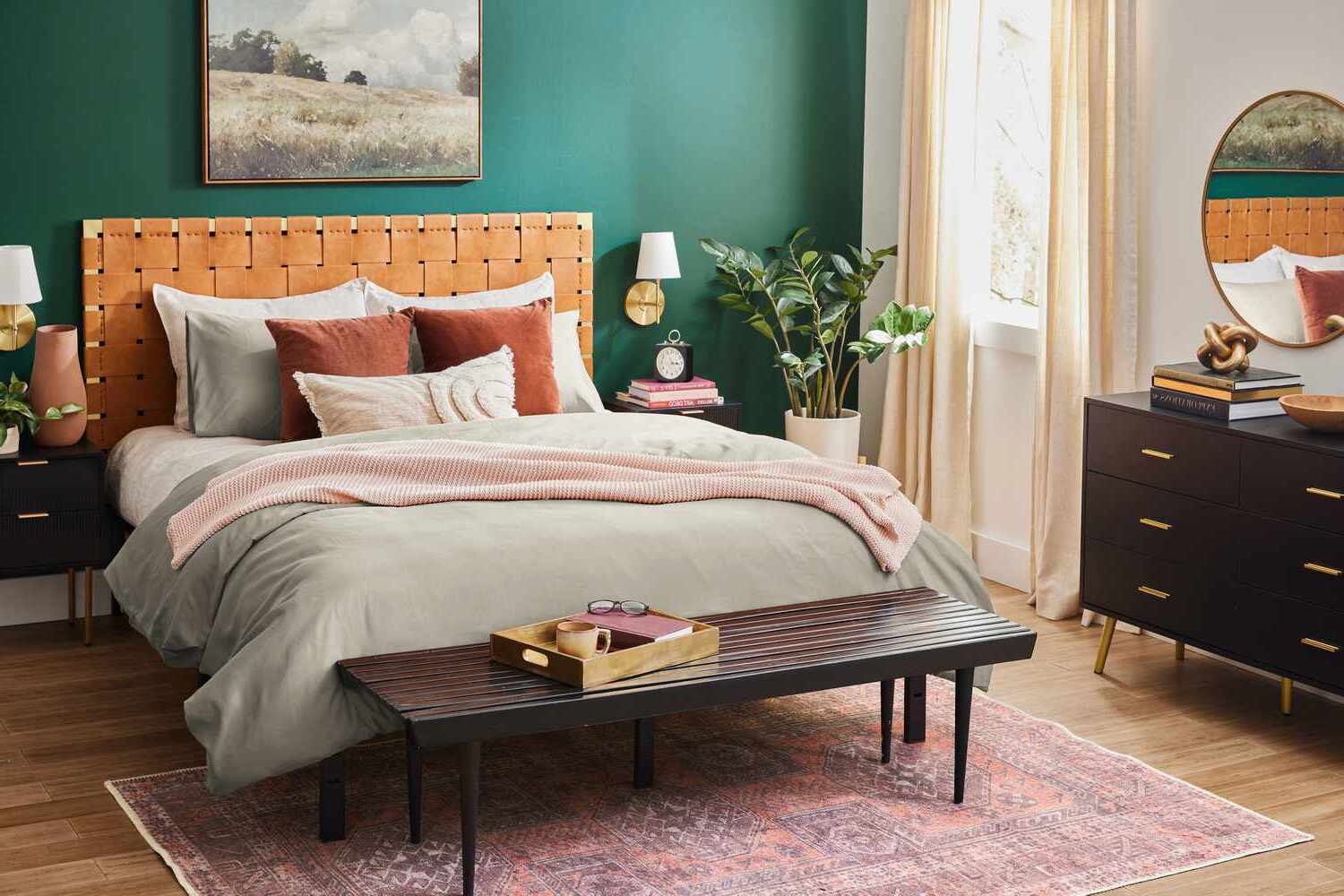
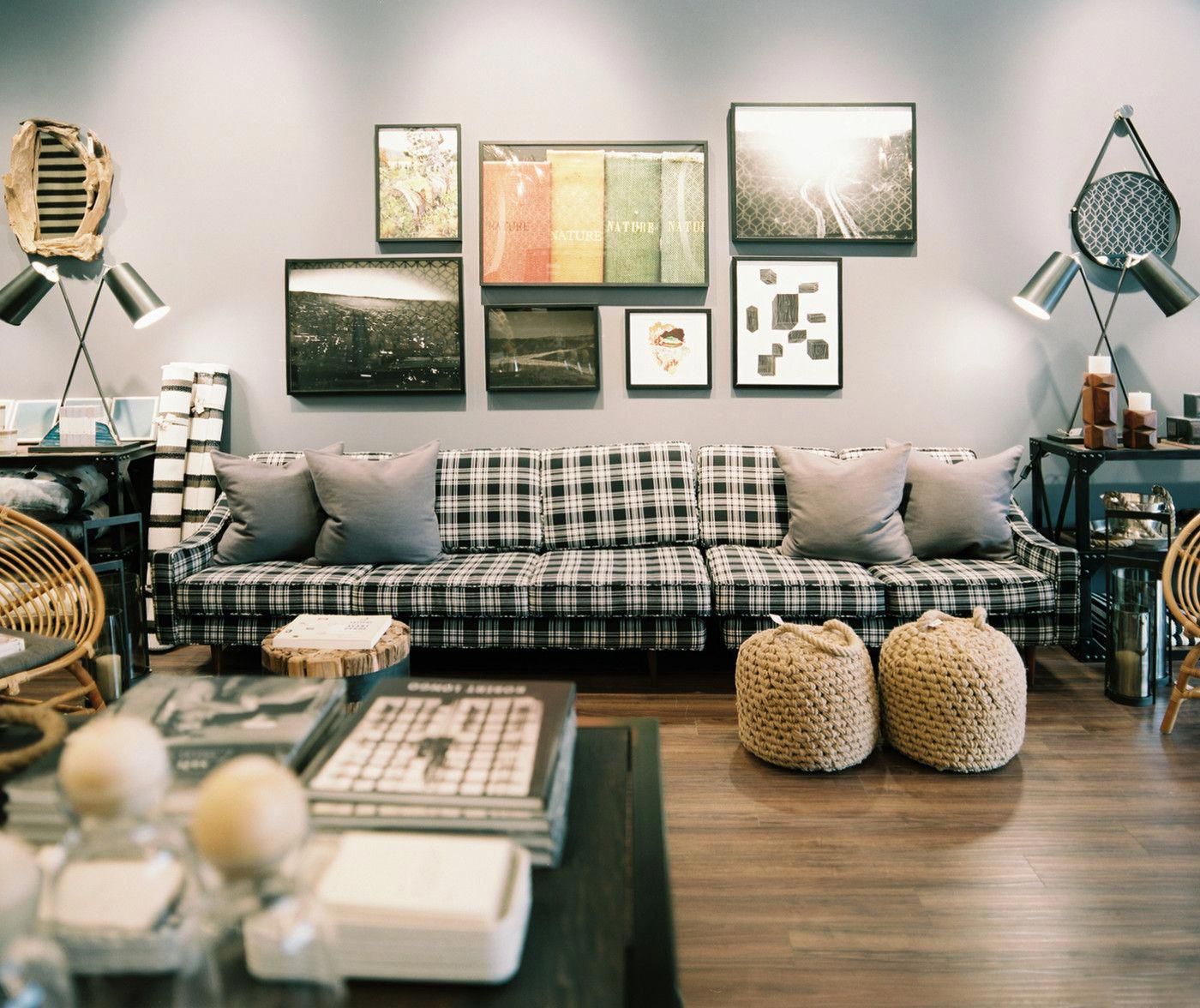
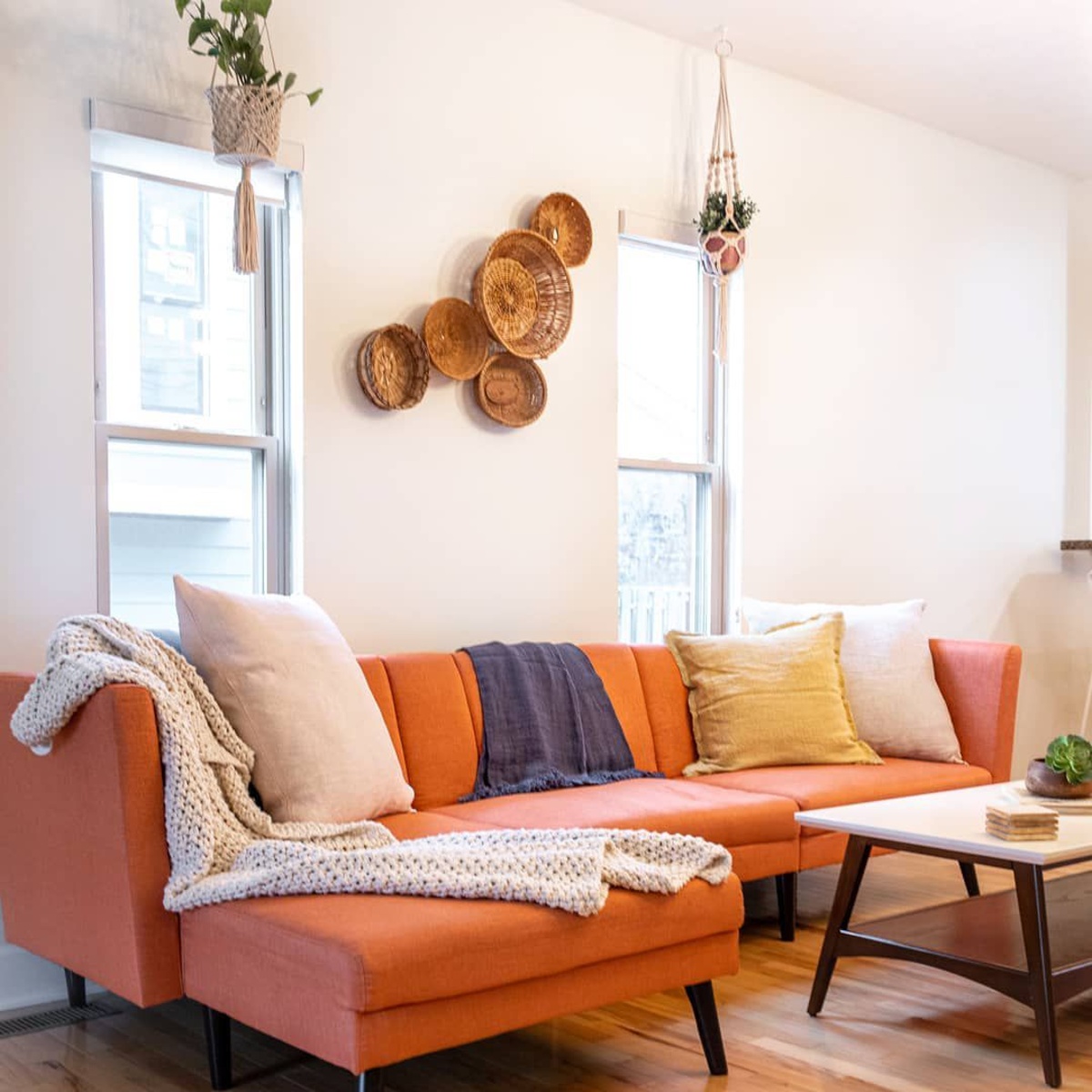
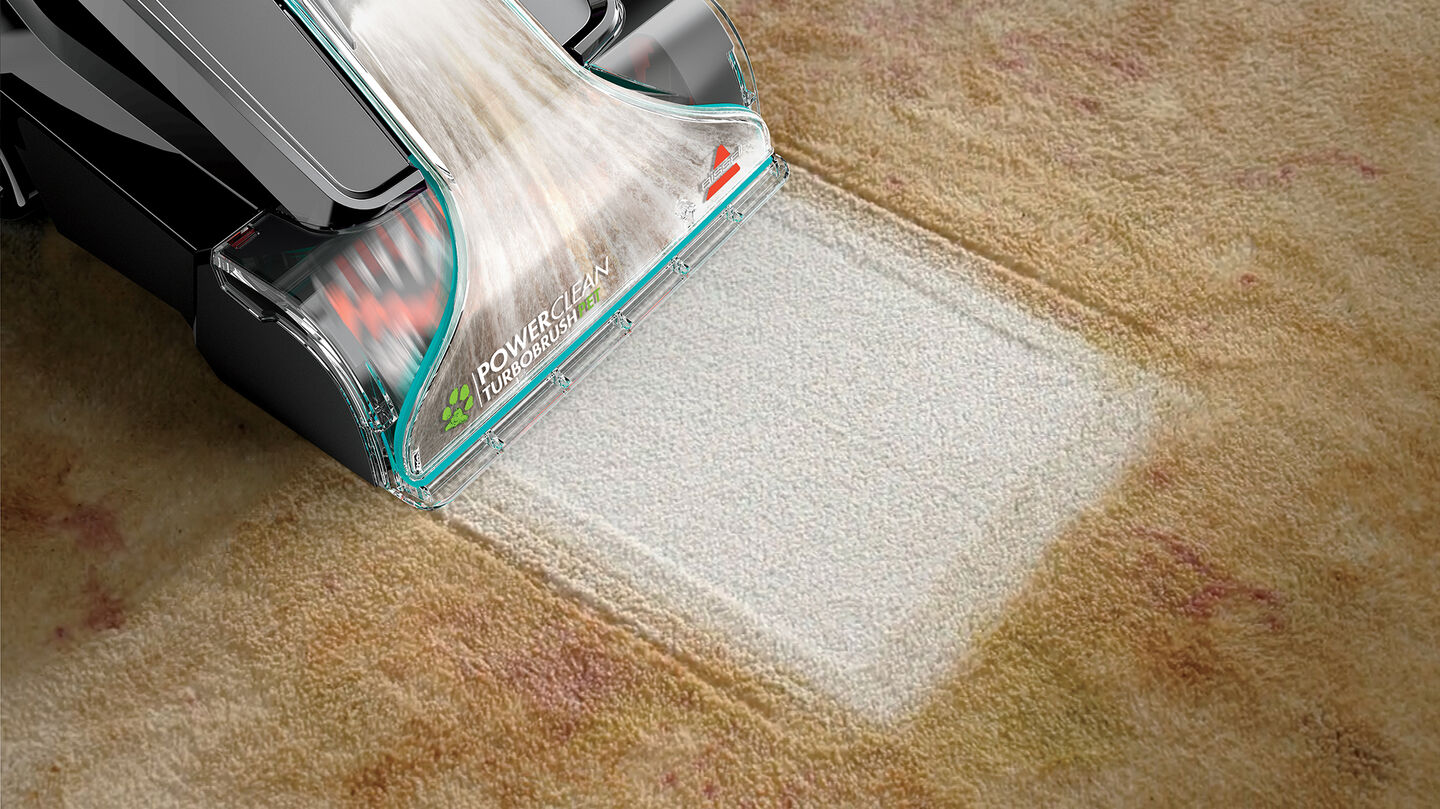
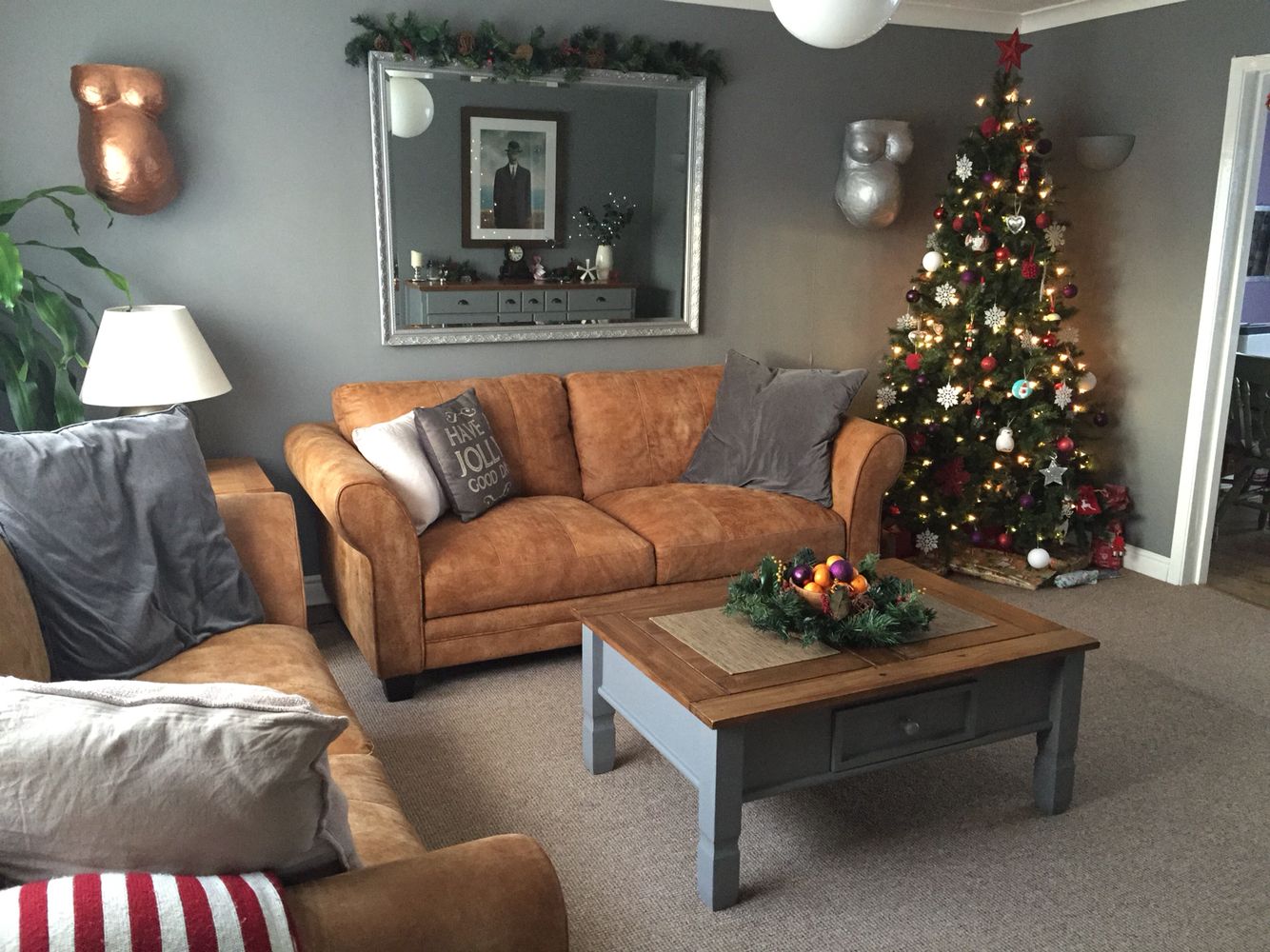
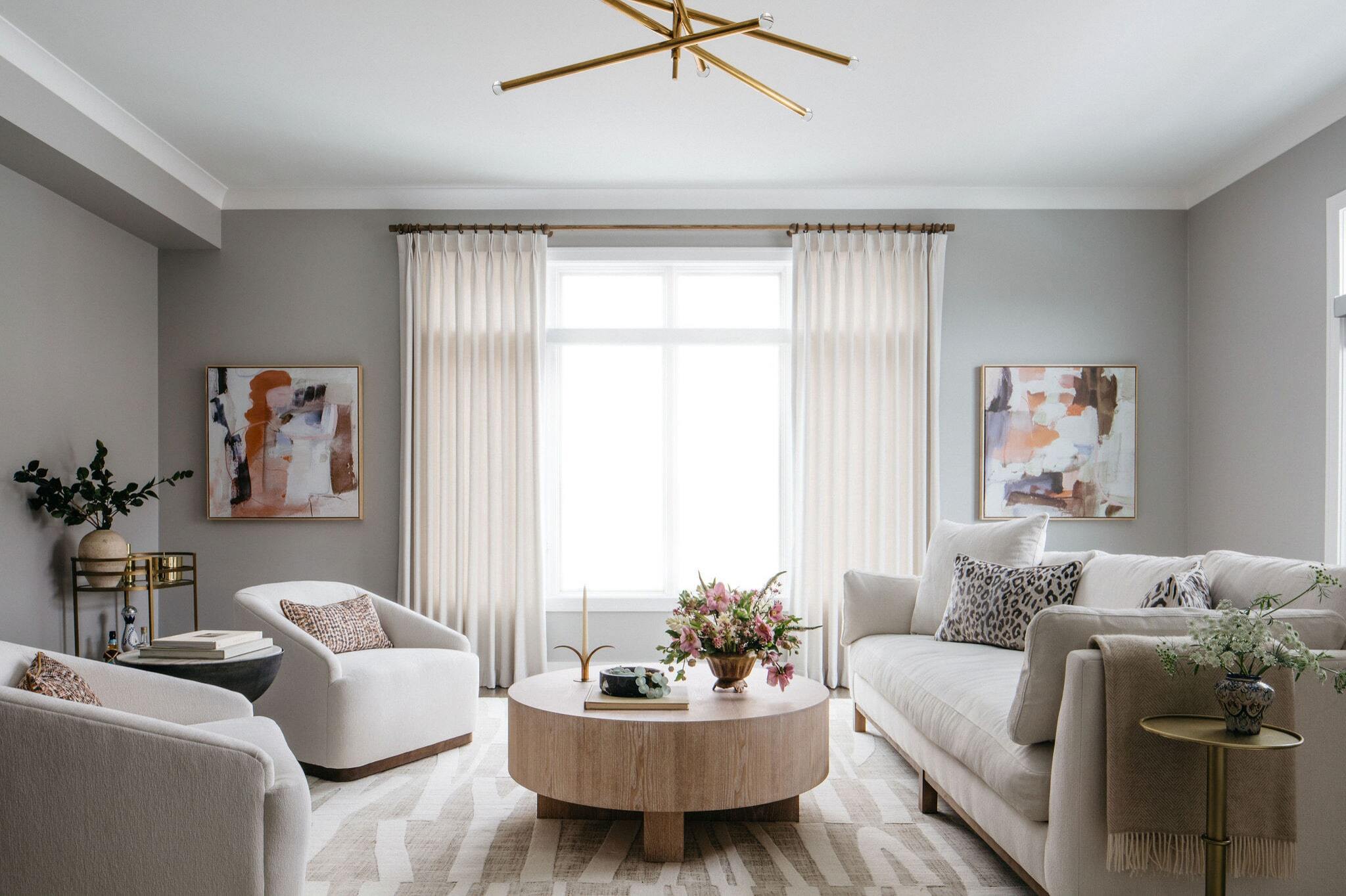
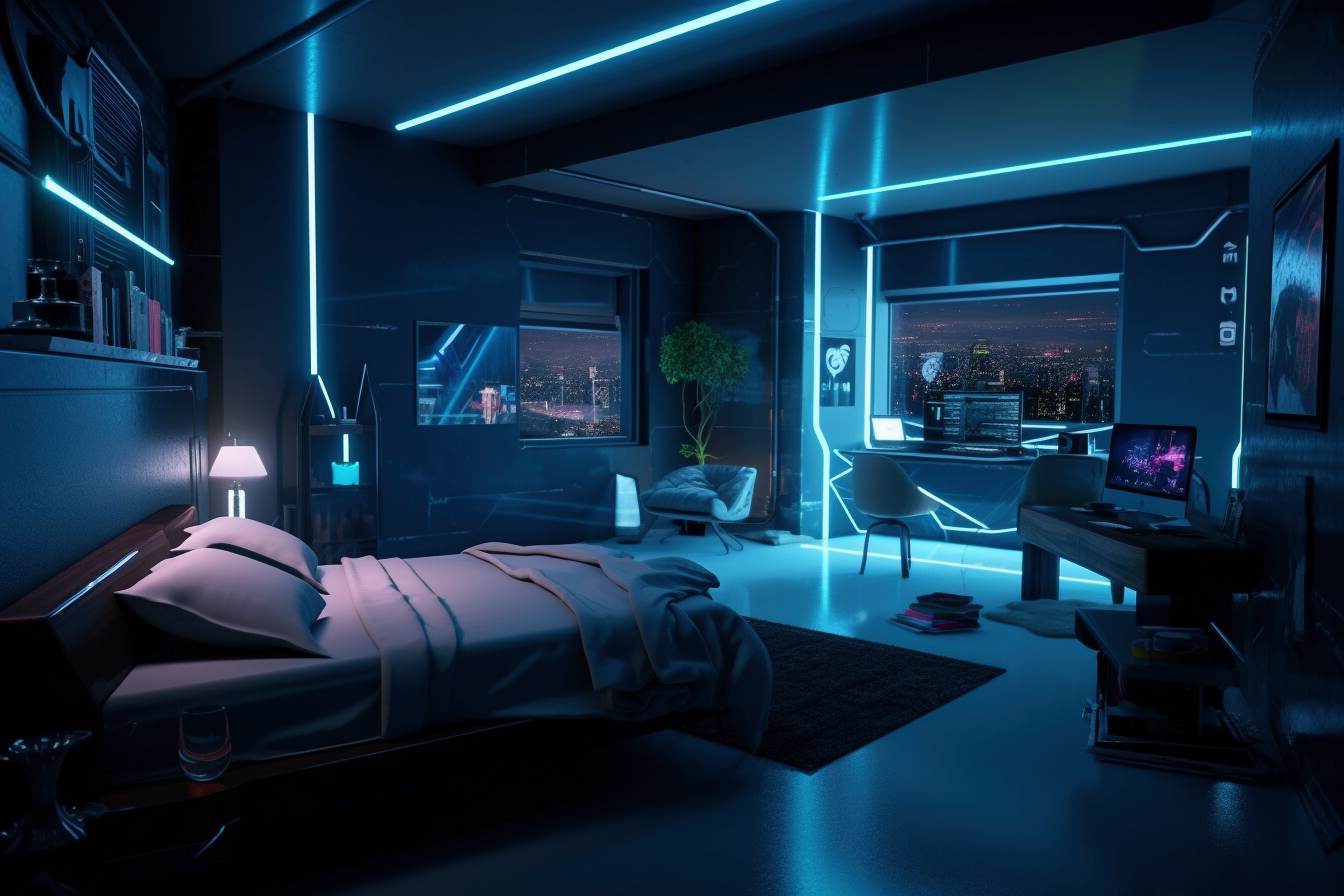
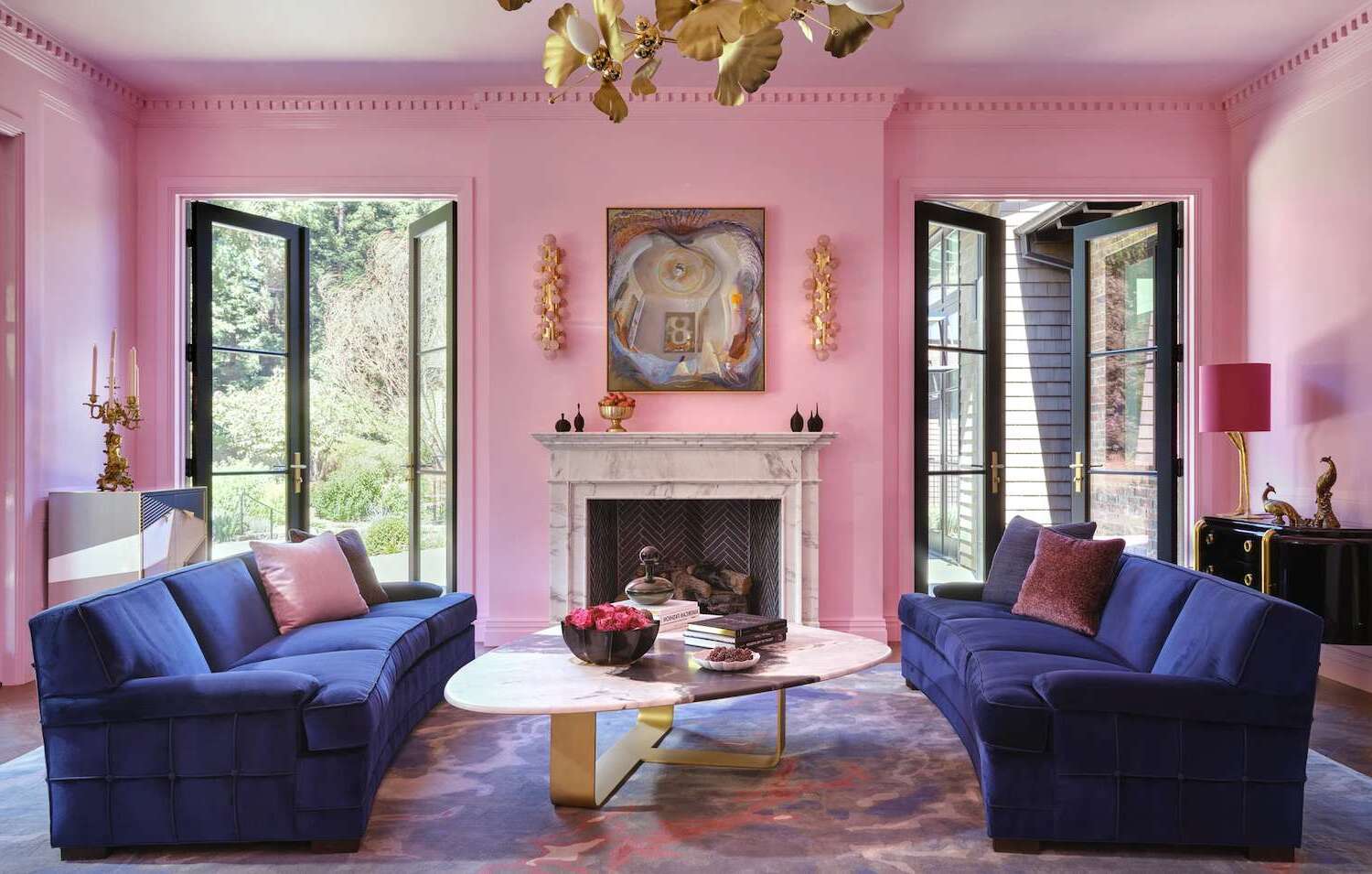
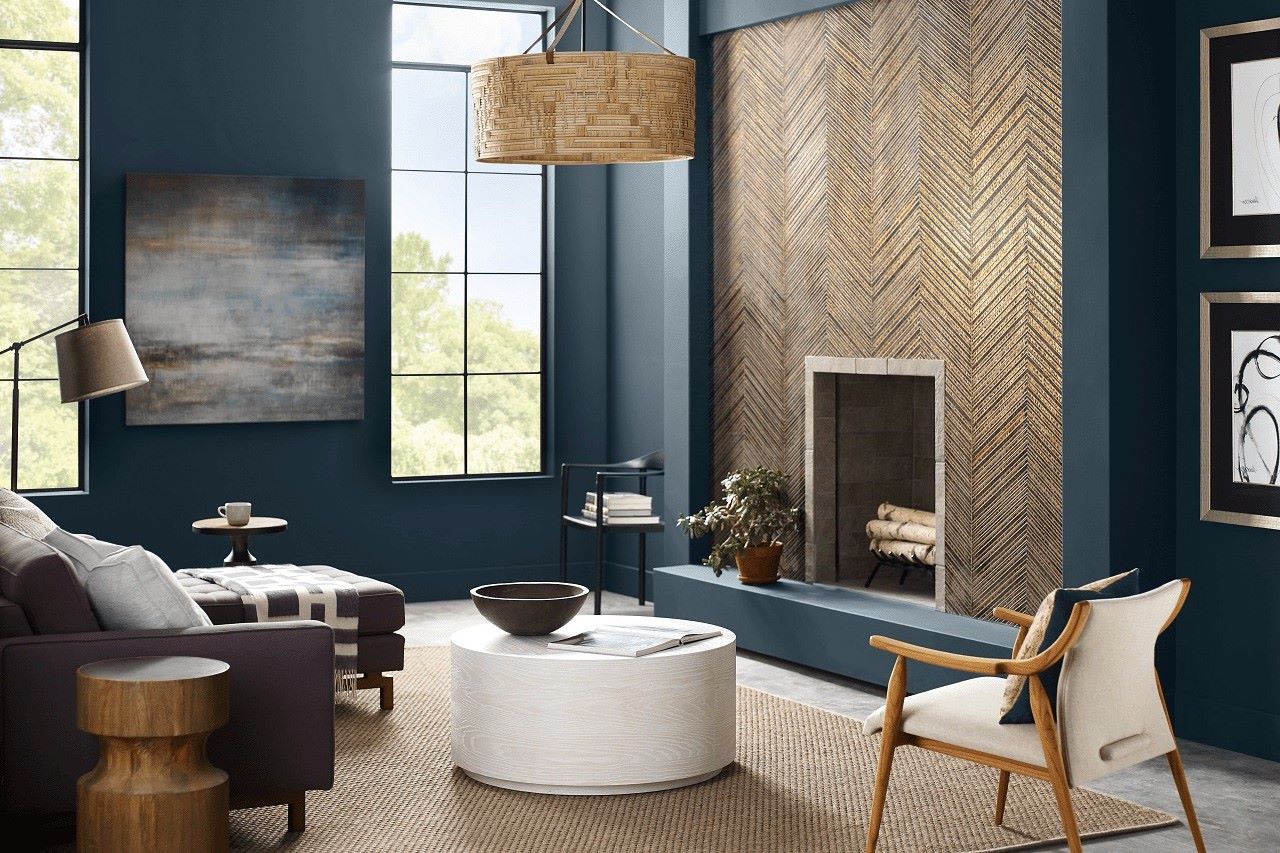

0 thoughts on “How To Mix Clean And Dirty Colors In Home Decor”